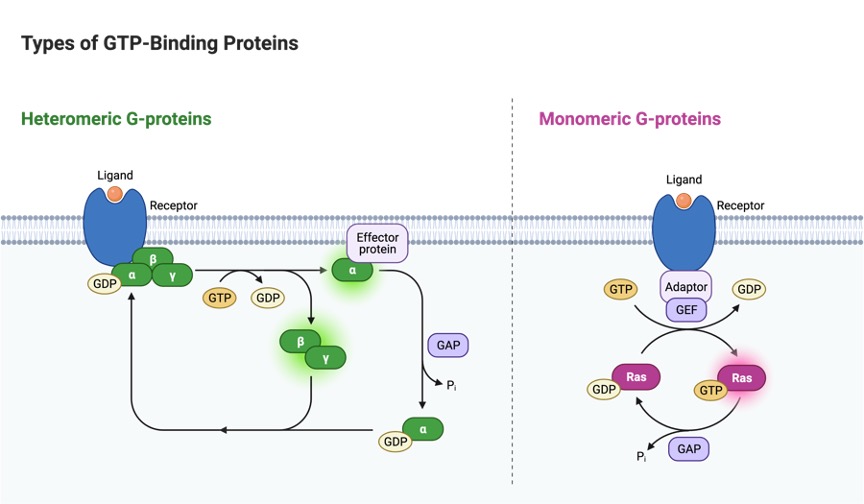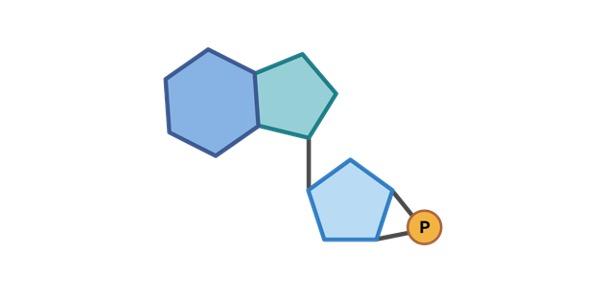Table of Contents
Guanosine Definition
Guanosine is a purine nucleoside in which guanine has a glycosidic linkage to a ribose sugar (ribofuranose). Guanosine is a structural component of RNA found in all living species. The chemical formula is C10H13N5O5. The molar mass of this substance is 283.241 g/mol. It’s easily dissolved in acetic acid and only marginally soluble in water. However, it is insoluble in ethanol, benzene, and chloroform.
What is Guanosine?
A nucleoside is a five-carbon sugar nucleobase (either ribose or deoxyribose). It is a glycoside that is generated when nucleic acid is hydrolysed. The nucleobase of a purine nucleoside, such as guanine in guanosine, is a purine.

Guanosine is a nucleoside made up of guanine and ribose sugar, which are joined together by β-N9-glycosidic bond. A nucleotide is formed when a phosphate group is covalently bonded to a sugar. Guanosine triphosphate (GTP), one of the building blocks of RNA synthesis, is an example of a nucleotide with three phosphate groups connected to guanosine.
Guanosine vs Deoxyguanosine
Depending on the sugar component, nucleosides are classed as ribonucleosides or deoxyribonucleosides. Because of its ribose sugar, guanosine is a ribonucleoside. Deoxyguanosine, on the other hand, is a deoxyribonucleoside because it has a deoxyribose sugar component. At the 2′ position of the sugar molecule, deoxyguanosine differs from guanosine by having a hydroxyl group replaced by hydrogen. The N9 nitrogen of guanine is linked to the C-1 of the deoxirobose ring in deoxyguanosine. Deoxyguanosine pairs with deoxycytidine in DNA, whilst guanosine pairs with cytidine in RNA.
Guanosine Biosynthesis
De novo synthesis mechanisms in the liver can create nucleosides like guanosine. They can, however, be obtained from the diet. When nucleotides are consumed in the diet, nucleotidases break them down into nucleosides and phosphates. Nucleosides are broken down into their constituent parts (nucleobases and sugar) by nucleosidases in the digestive tract lumen.
Guanosine Function
Nucleotides can be made from guanosine, much like the other nucleosides. The nucleoside is transformed to a nucleotide when it is phosphorylated by kinases. A nucleotide is a nucleoside that has a phosphate group attached to it.
Guanosine monophosphate (GMP, or guanosine with a single phosphate group), cyclic guanosine monophosphate (cGMP), guanosine diphosphate (GDP, or guanosine with two phosphate groups), and guanosine triphosphate (GTP, or guanosine with three phosphate groups) are all forms of guanosine (GTP, i.e. guanosine with three phosphate groups).
GTP is one of the building blocks for the production of RNA in particular. The phosphate moiety is connected to the C-5 of the ribose, while guanine is attached to the C-1 of the ribose. They are engaged in a variety of metabolic processes, including protein synthesis, photosynthesis, muscular contraction, and intracellular signal transduction, in addition to nucleic acid synthesis (cGMP).
Guanosine Citations
- Physiology of guanosine-based second messenger signaling in Bacillus subtilis. Biol Chem . 2020 Nov 26;401(12):1307-1322.
- Guanosine and its role in neuropathologies. Purinergic Signal . 2016 Sep;12(3):411-26.
- On the epigenetic role of guanosine oxidation. Redox Biol . 2020 Jan;29:101398.
- Figures are created with BioRender.com







